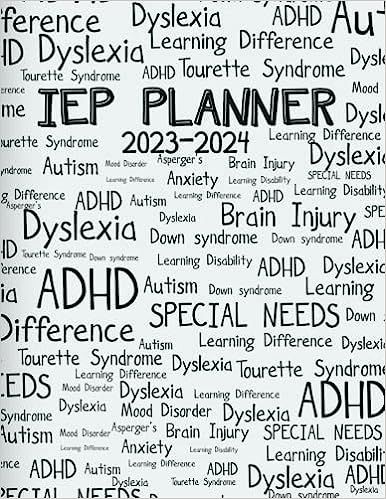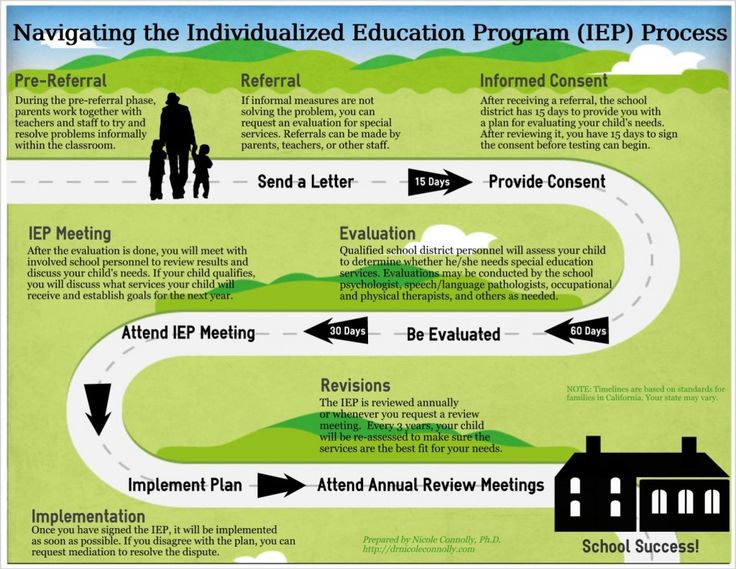
The ins and outs of public education can be extraordinarily daunting for families of students with special needs. The Individuals with Disabilities Education Act (IDEA) underscores inclusive education, so that children with disabilities receive free appropriate public education tailored to their unique needs. However, the various public school options available can feel overwhelming, especially if you do not know where to begin or what to ask for.
I would like to take a moment to illustrate the various educational pathways for special needs students and offer guidance on how parents can advocate effectively for their children.
1. Educational Setting Options:
Within the public school system, special needs students can access several distinct educational settings. The options typically include:
- General Education Classrooms with Support: Many students with special needs thrive in inclusive settings learning alongside their typically developing peers. In these classrooms, special education services, such as teaching assistants, specialized instruction, or accommodations, are provided to help these students succeed academically and socially.
- Resource Classrooms: These are designated spaces in public schools where students with disabilities can receive more individualized attention. Resource rooms offer supplemental instruction and specialized support while allowing students to integrate back into general education classes for part of the day.
- Self-Contained Classrooms: For students who need more intensive support, self-contained classrooms might be the best option. These classrooms have a smaller teacher-to-student ratio and are tailored more specifically for students with similar disabilities. This allows for personalized teaching strategies and support.
- Special Day Schools: In some cases, students may benefit from schools that specialize in serving children with specific disabilities. These schools may focus on needs from emotional and behavioral disorders to learning disabilities. They are geared towards comprehensive services and therapies in a structured environment.
- Home and Hospital Instruction: For students who are unable to attend school due to medical conditions, education can be provided at home or in clinical settings. This option is usually temporary, aimed at ensuring continuity in education despite health challenges.
- Charter Schools with Special Education Programs: Some charter schools offer specialized programs designed for students with disabilities, adopting innovative teaching methods and curricula while remaining public entities.
2. Understanding IEPs and 504 Plans:
Two primary legal frameworks guide the education of special needs students: Individualized Education Programs (IEPs) and Section 504 Plans.

- IEPs are tailored for students who qualify under IDEA. They offer a personalized educational plan designed to meet specific academic and functional goals. Parents should actively participate in the IEP process, ensuring that their child’s unique needs are recognized and addressed.
- 504 Plans stem from the Rehabilitation Act. They offer accommodations and modifications for students who have disabilities that do not necessarily require special education services under IDEA. This plan aims to remove barriers to learning, ensuring equitable access to education.
3. Key Questions to Ask
To guarantee your child is receiving the right plan of action, it is essential to engage in open dialogue with educational professionals. These are some important questions to consider:
- What services does the school offer for students with disabilities? Inquire about the range of services, from speech and occupational therapy to behavioral interventions, and ask how these services can be integrated into your child’s educational plan.
- How does the school assess student needs? Understanding the evaluation process can provide insights into how the school identifies special needs and tailors programs accordingly.
- What is the student-to-teacher ratio in special education classes? Smaller class sizes can provide more tailored support, so knowing these figures can help you gauge potential effectiveness.
- How does the school nurture inclusion with typically developing peers? Inclusion is a critical component of special education; ask how the school facilitates interaction between students with and without disabilities.
- What kind of professional development does the staff receive regarding special education? It is ok to ask how often teachers are trained on new practices, tools, and frameworks to support special needs students.
- What options are available for transition planning? Approaching the end of school years, inquire about programs that help transition from school to post-secondary education or the workforce.
4. Advocating for Your Child
Being an effective advocate for your child requires understanding your rights and responsibilities as well as those of the school. Familiarize yourself with the laws that govern special education. Attend IEP meetings, prepare questions and suggestions, and partner with educators to createe a shared vision. Collaborative relationships with school staff can significantly add to your child’s educational experience and outcomes.
Choosing the right option for a student with special needs is a legal obligation for schools but also necessary to their academic journey. Equip yourself with knowledge about the available options and the legal frameworks. Do not be afraid to ask questions, and advocate! Remember you are not alone; countless resources and support networks are available to guide you every step of the way.
If you need more help, we have tutors who are qualified to help you and your child with whatever learning need they may have.
